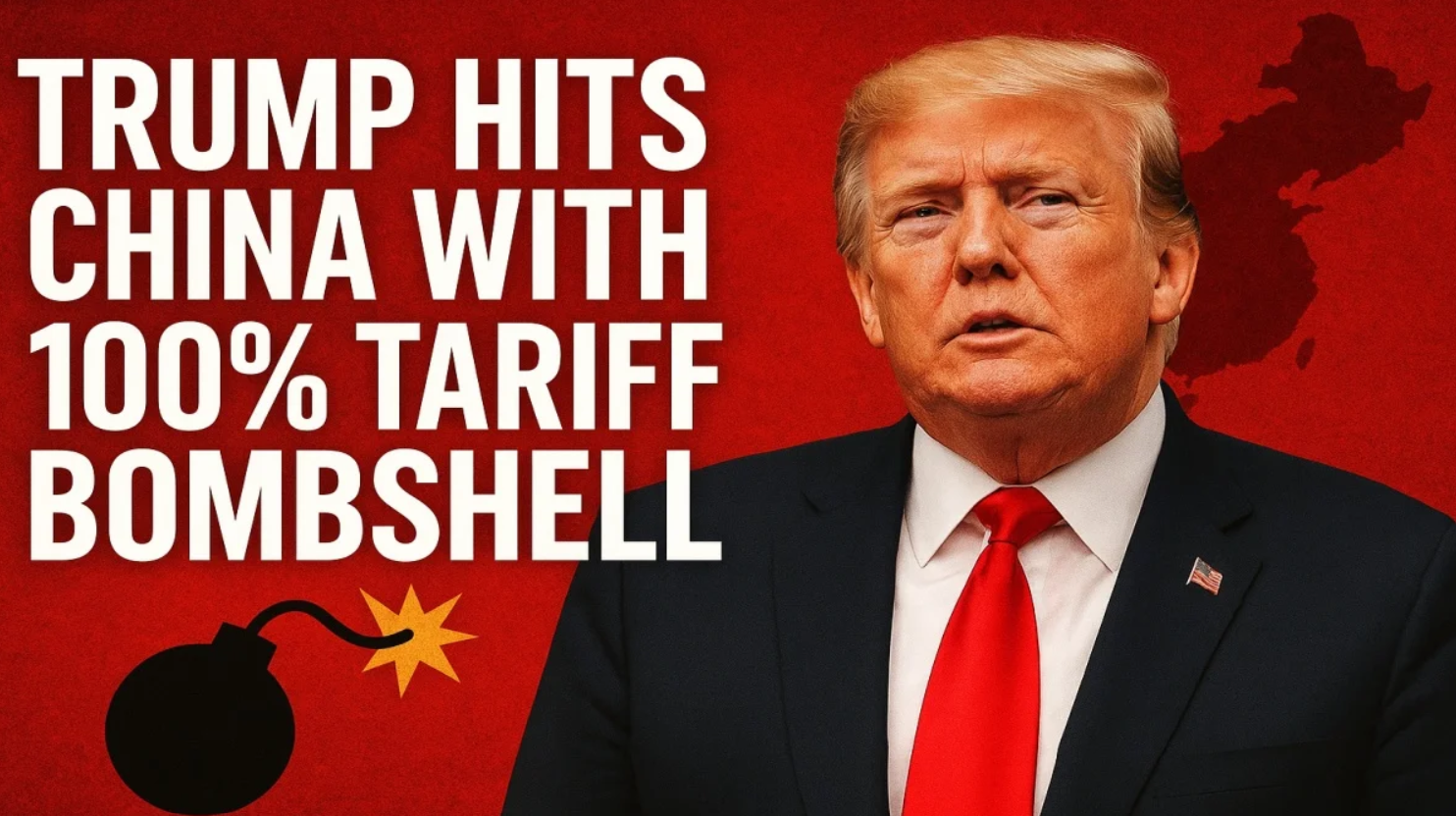A quiet revolution is taking place in India’s financial landscape, and it is being led by teenagers. Armed with nothing but a smartphone, a strong opinion, and a sharp understanding of money, Gen Z is turning financial literacy into influence and income. These young content creators, better known as finfluencers, are not just educating their peers—they are reshaping the conversation around wealth creation, investing, and financial independence.
What used to be a boring topic for most school kids has now transformed into viral content. Platforms like YouTube, Instagram, and even Telegram are flooded with teen creators talking about SIPs, UPI tricks, credit card hacks, and more. They break down complex terms like ETFs and mutual funds into simple, relatable language that appeals to students, first-time earners, and young adults looking for answers. The content is fast, visual, honest, and easy to consume.
But it is not just about views and followers. These teenage finfluencers are monetizing their content smartly. From affiliate partnerships with fintech apps to earning ad revenue from platforms, many of them are crossing five-figure monthly incomes—sometimes more than what their parents bring home. And unlike traditional finance professionals, these creators are not confined to office desks. Their brand is their knowledge, personality, and authenticity.
The rise of teen finfluencers also reflects a shift in how financial advice is consumed. Gone are the days when people waited for advice from a bank manager or a chartered accountant. Today’s youth wants real-time, relatable, and on-demand knowledge. They trust creators who speak their language and come from similar backgrounds.
However, this new wave comes with its own set of responsibilities. Financial literacy content carries a huge impact. A bad recommendation or misinformed advice could cause real financial losses for followers. The best teen finfluencers take this seriously. Many back their content with research, stay updated with regulations, and often include disclaimers to educate, not mislead.
Education platforms and fintech companies are also noticing. Some have begun collaborating with young creators for campaigns, workshops, and app promotions. Schools and colleges are now considering content creators as guest speakers to make finance engaging for students. A new hybrid role is being born—half educator, half entrepreneur.
Parents too are adapting. Instead of worrying about excessive screen time, many are seeing the value of content creation. They realize their children are building digital assets, learning soft skills like storytelling and marketing, and developing a deep understanding of how money works. In some cases, entire families have come together to support the content journey—handling cameras, ideas, scripts, and community management.
So what does this mean for the future of finance in India? It means the next generation is already learning, sharing, and building wealth in ways their elders never imagined. It means finance is no longer a taboo topic among teenagers. And most importantly, it means that becoming money-smart is now seen as cool, creative, and career-worthy.
Follow You Finance on Instagram and Facebook to stay updated with the latest trends in modern finance, smart money habits, and stories of young Indians leading the change















